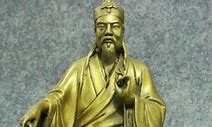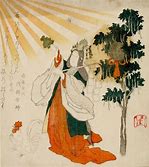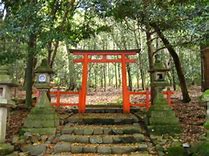The World-Cultural-Heritage &
the world-cultural-shock in 2024
The Tao priciple
Text is written by MYRTLE LANGLEY
TAOITS BELIEVE THAT THERE IS a principle, or force, running through the whole of the natural world, and controlling it. They call this principle the Tao.
Tao means way, or path. To follow the Tao is to follow the way of nature. It is something called the "watercourse way" because Taoists see water as a picture of the Tao at work. Water is soft and yielding, it flows effortlessly to humble places, yet it is also the most powerful of substances, it nourishes all life. There are two kinds of Taoism: the popular and the philosophical.

The followers of philosophical Taoism are likely to be mystical and peaceful. By stilling the inner self, their senses and appetites, they gain an understanding of the Tao, and try to life in oneness and harmony with it. The focus and popular Taoism is different. It includes very many gods, goddesses, and spiritual beings, whose help believers seek, and demons, who are feared. Its followers use magic and ritual to harness Te - virtue or power - in the hope of becoming immortal.
Shinto harmony
Text is written by MYRTLE LANGLEY

SHINTO IS THE MOST ANCIENT religion of Japan. The name means "the way of the gods". It is a religion of nature, focused on kami, which are supernational spirits, or gods, in which the force of nature is concentrated.
They include seas and mountains; animals, birds, and plants; even ancestors have the powers of kami. It is said there are eight million kami, worshipped at national, local, and household shrines all over Japan. The force of nature itself is also called kami, and is seen as divine. It inspires a feeling of awe and wonder.  The most important shrines are associated with places of natural beauty: on the mountains, in the forests, and near the sea.
The most important shrines are associated with places of natural beauty: on the mountains, in the forests, and near the sea.
